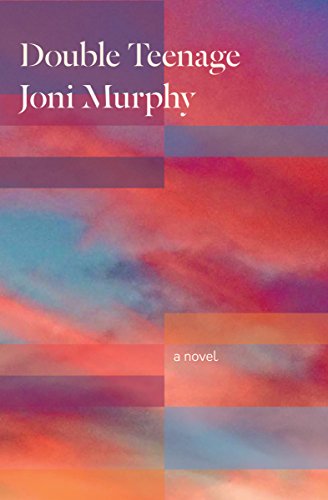
Chris Kraus

Joni Murphy’s debut novel, Double Teenage, ends with the words, “This is a spell for getting out of girlhood alive,” but it speaks equally well to anyone alert to the ways in which a culture of violence can inflect all aspects of life. Growing up in the American Southwest during the 1990s, Murphy’s two upper-middle-class protagonists are stunned by the murder of Donna Beth, their sometime-babysitter and role model. As they get older, they begin to see that the violence around them is systemic, extending to the routine killings of the narco wars and the way these horrors are normalized 
The title of this surprising collection of image/text works by twenty-five female visual artists and writers is a phrase borrowed from a 1977 artwork by Theresa Hak Kyung Cha. As Lisa Pearson writes in her afterword, It Is Almost That describes “the humming state of the not-quite this and not quite that,” namely, “what familiar taxonomies cannot order.” Hak Kyung Cha’s piece—composed of faltering phrases projected on black-and-white slides—points to the provisional nature of language and speech. While Pearson’s penchant for this open, indeterminate state might seem at first to evoke categories like ecriture feminine, twentieth-century Language-school poetry, or non-diegetic